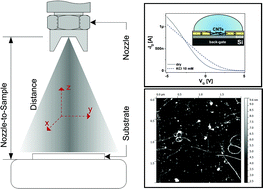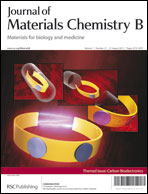Back-gated spray-deposited carbon nanotube thin film transistors operated in electrolytic solutions: an assessment towards future biosensing applications
Abstract
We report on back-gated

- This article is part of the themed collection: Carbon Bioelectronics

 Please wait while we load your content...
Please wait while we load your content...